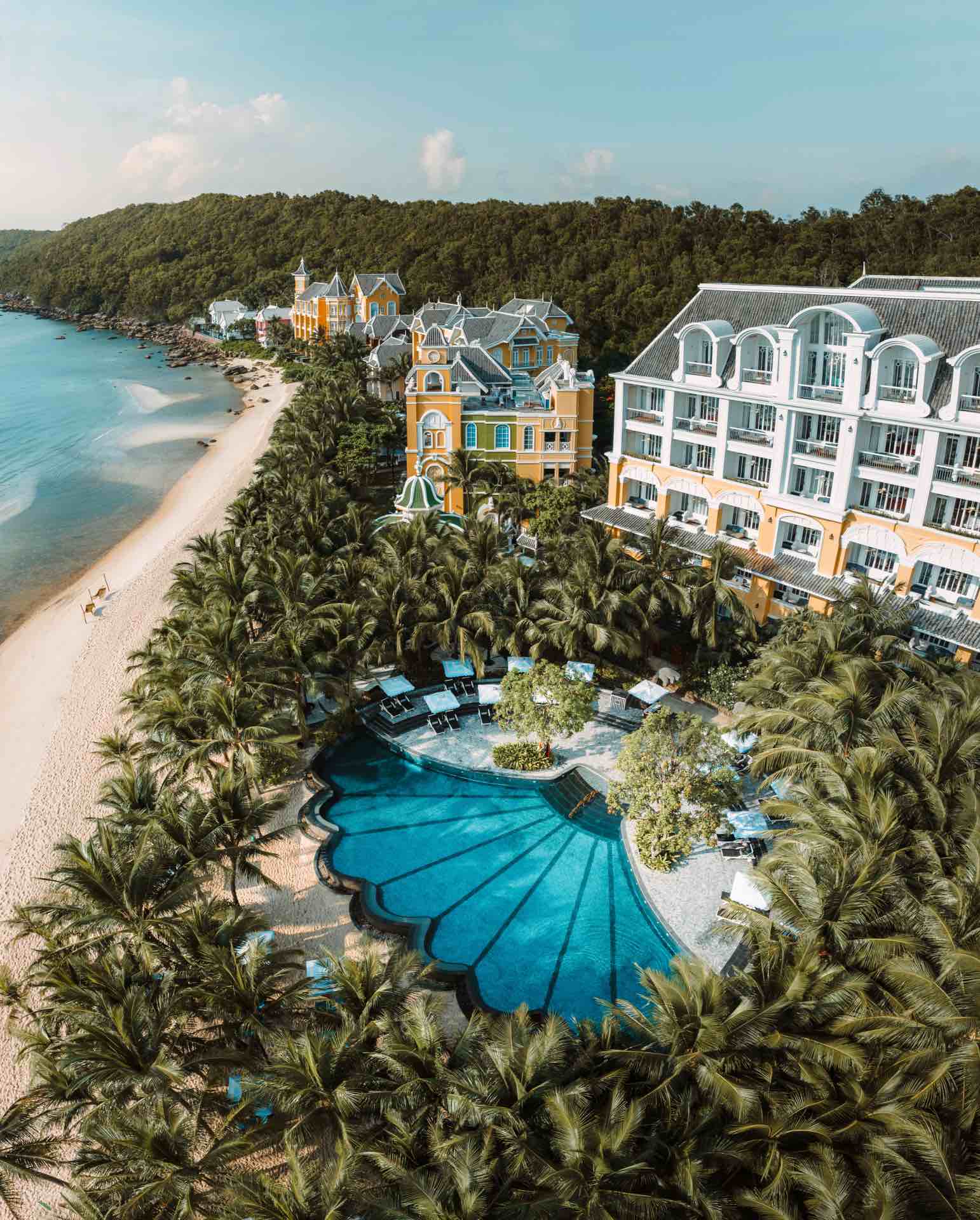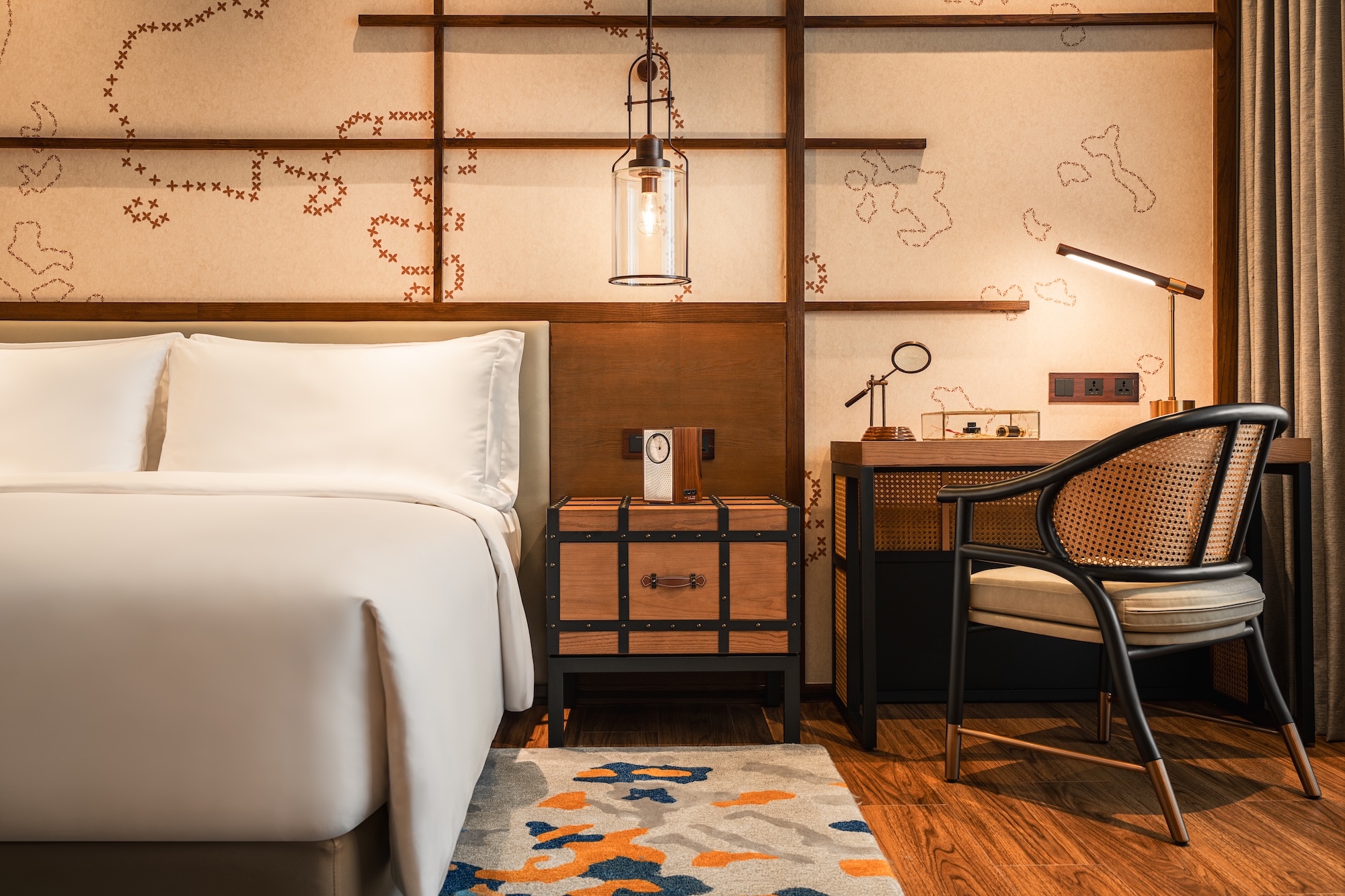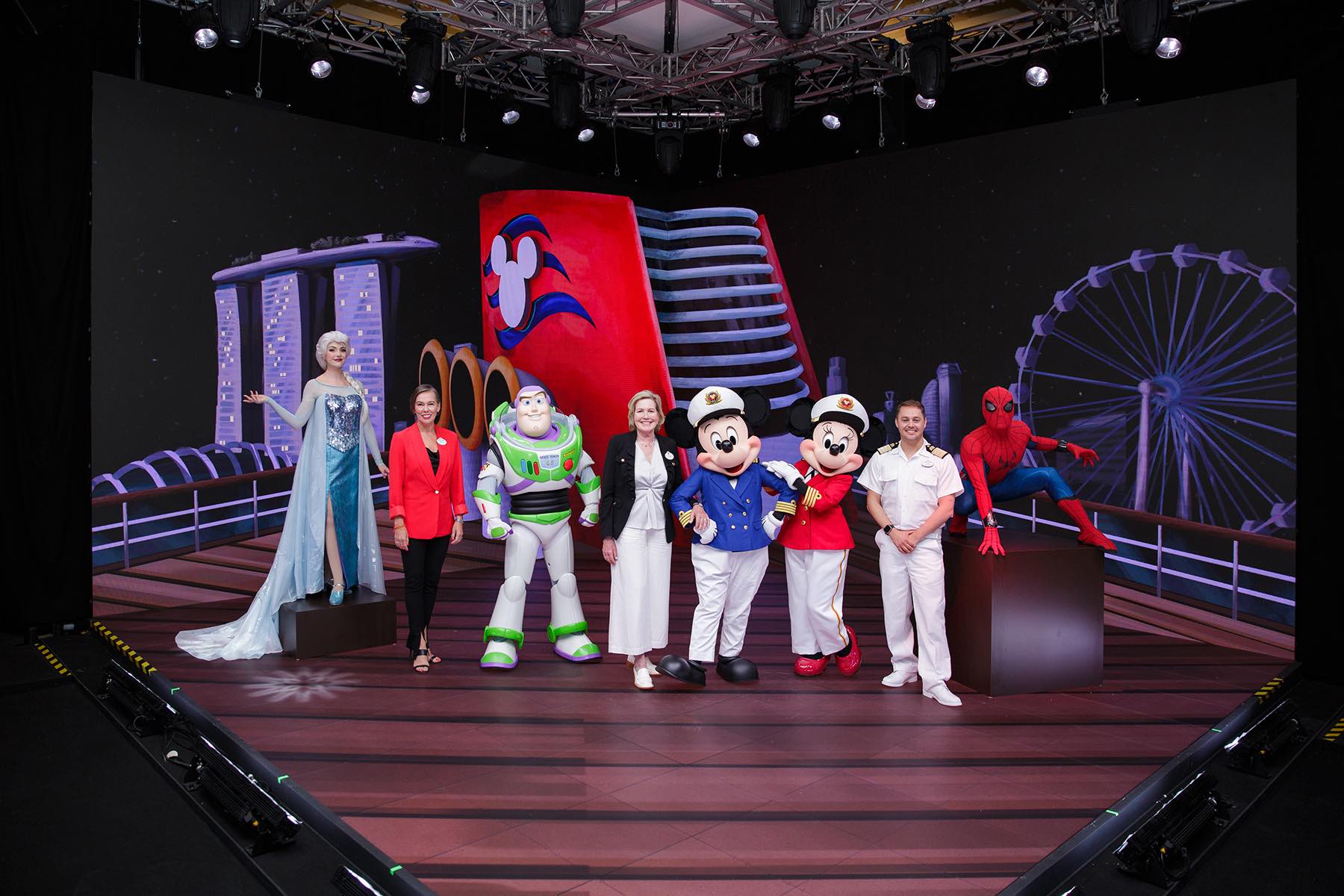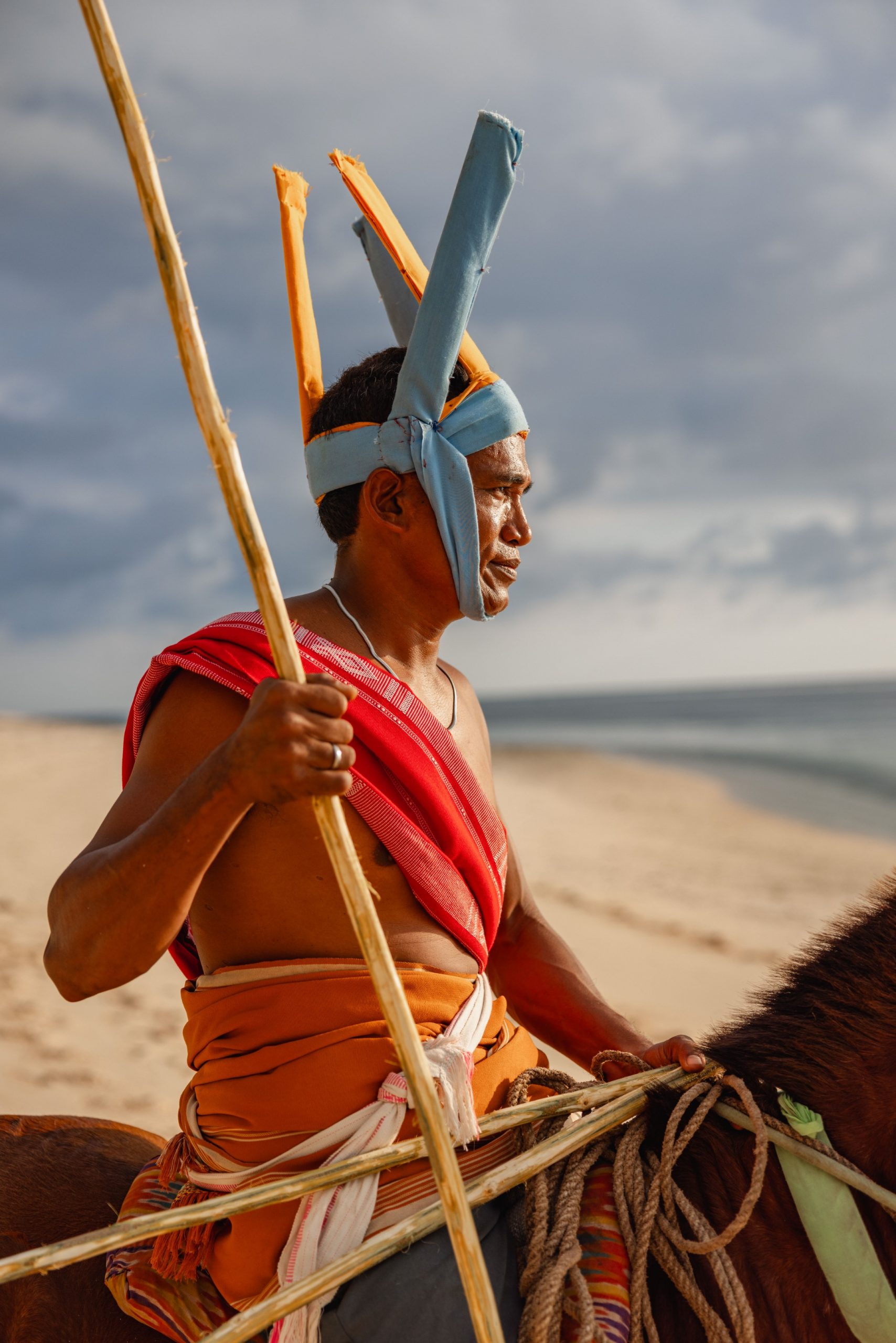
Everybody who is anybody showed up for the last Pasola ceremony of the year in Wainyapu. The dignitaries and residents from villages in Southwest Sumba came with their cars, motorbikes, and horses. Some even journey from their luxurious retreats across Sumba such as Cap Karoso only to witness the ceremony.
The men came proudly dressed in button shirts, with matching warp ikat tied on their hips and heads. The ladies, with teeth red from chewing betel nut, wore colourful brocade kebayas and stunning wrapped blue-and-red ikat cloth as skirts. Their hands carry beaded pouches, where lipsticks are stored with areca nut, slaked lime, and betel. Gold bangles and orange anahida stone necklaces enhanced their beauty.
Despite the burning sun, thousands of people supported their village heroes, proud men on their horses who were about to fight and possibly wounded by lances at the end of the day. The non-existent internet coverage meant nobody was fixated on their phones. All eyes were on people watching and the action on the vast field. Long, unsharpened lances made of lamtoro wood were flying high and wide among the two groups of skilful warriors on their horseback, and every time one hit its target, the crowd cheered and shouted.
The spilled blood is believed to fertilise the land and result in a good harvest. According to the ancient animist Marapu religion that most Sumbanese still believe in, the more blood, the better. The tinkling bells and cheerful pom poms that adorned the horses belie their lightning speed and fearlessness. The ritual and the journey to reach it are worth the one-hour bumpy car ride from Cap Karoso.
Cap Karoso: Above and beyond Sumba
The annual Pasola ritual, among many other excursions and adventures, sets the Gery Fell-designed resort apart. Since its opening last year, the resort’s modernist architecture and sustainable, design-forward approach have been making waves internationally.
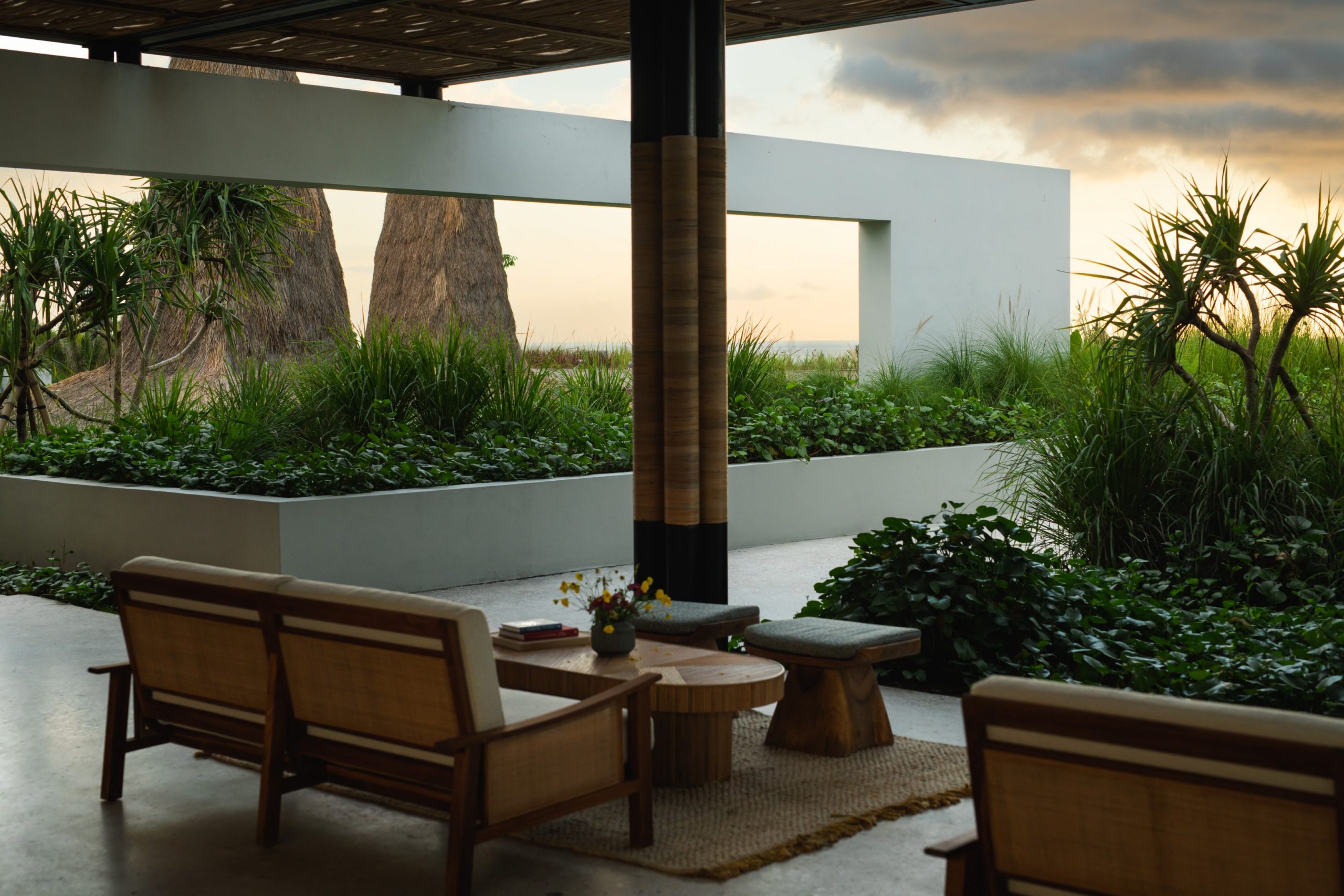
Twice as big as Bali, Sumba is one of the East Nusa Tenggara provincial territory islands. Three Indonesian airlines fly daily to Sumba’s Tambolaka Airport from Ngurah Rai International Airport. The flight takes only one hour, but as is often the case when one travels within Indonesia, the differences are baffling. Bali’s swanky beach clubs, restaurant rows, and zigzagging unhelmeted tourists on scooters are replaced with corn fields, horses and buffaloes, empty beaches, megalith tombstones, farmers carrying machetes, and peaked uma mbatangu thatched houses.
Arriving at Cap Karoso means a warm welcome of cold towels and a smiling bartender offering gin-based cocktails to kick off the sunny Sumba adventure. An infinity-edge main pool paves its way to the surrounding greenery, swaying palm trees, a white lighthouse, and the endless ocean line on the horizon. The check-in process is welcomingly done in the air-conditioned Beach Suite, one of the accommodation options, apart from the studios and two- and three-bedroom villas.
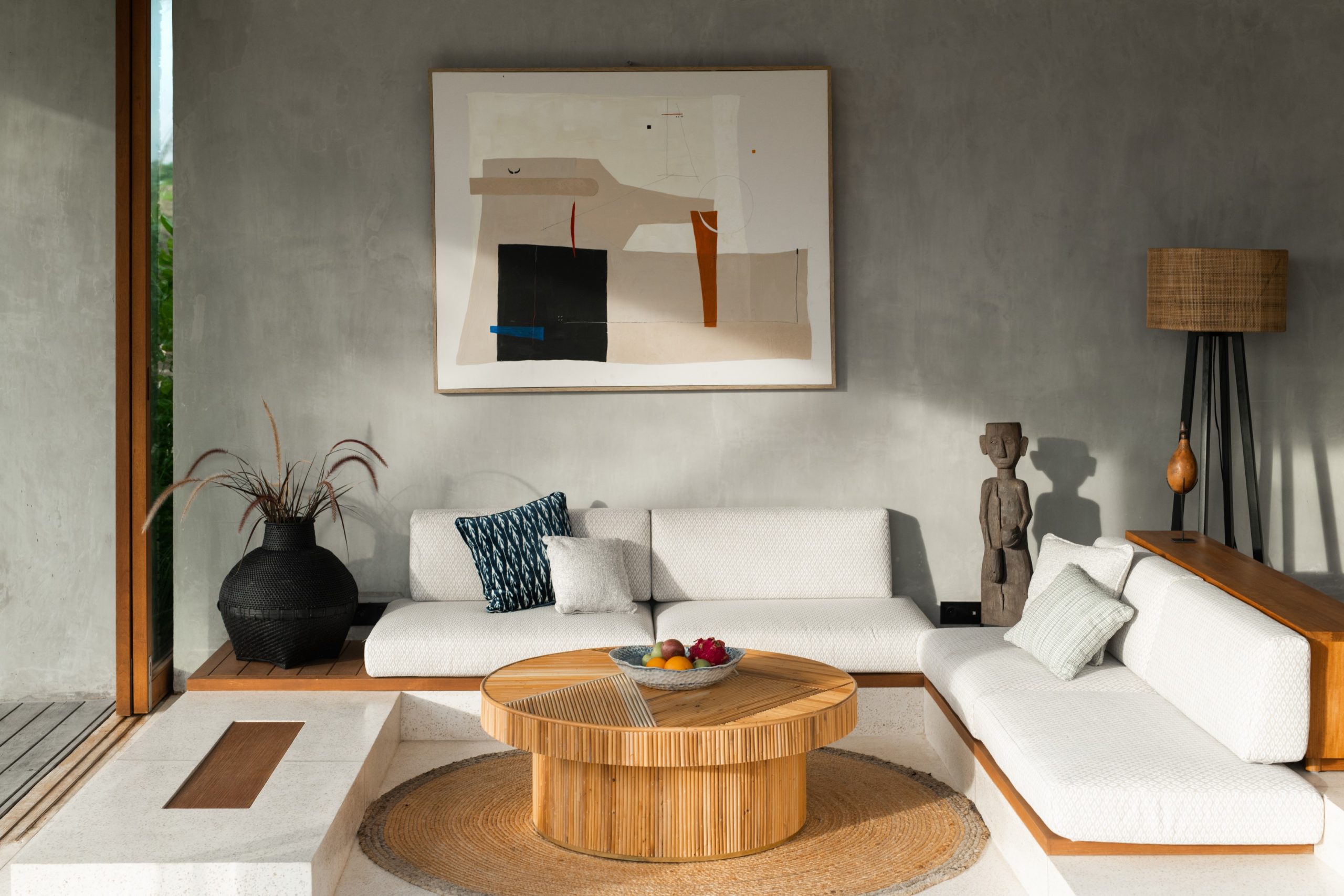
The suite features a separate living room area, a roomy terrazzo-floored bathroom with a rain shower and an outdoor bathtub, a snug king-sized bed with carved wooden bedrest, and a terrace with sun loungers. Nothing is an afterthought, from the island-inspired embroideries on the robe to the house-blend Sumba Blossom Oolong Tea on the bar.
As a member of Design Hotels, a curated luxury boutique collective of independent and design-driven hotels, Cap Karoso is deeply rooted in locality, culture, and aesthetics of Sumba. Understated bamboo sun beds are placed within a comfortable distance from each other on the white-sanded beach and by the calm waters. An attentive waitstaff from the nearby Beach Club occasionally checks on the guests, bringing cold water or ice cream treats.
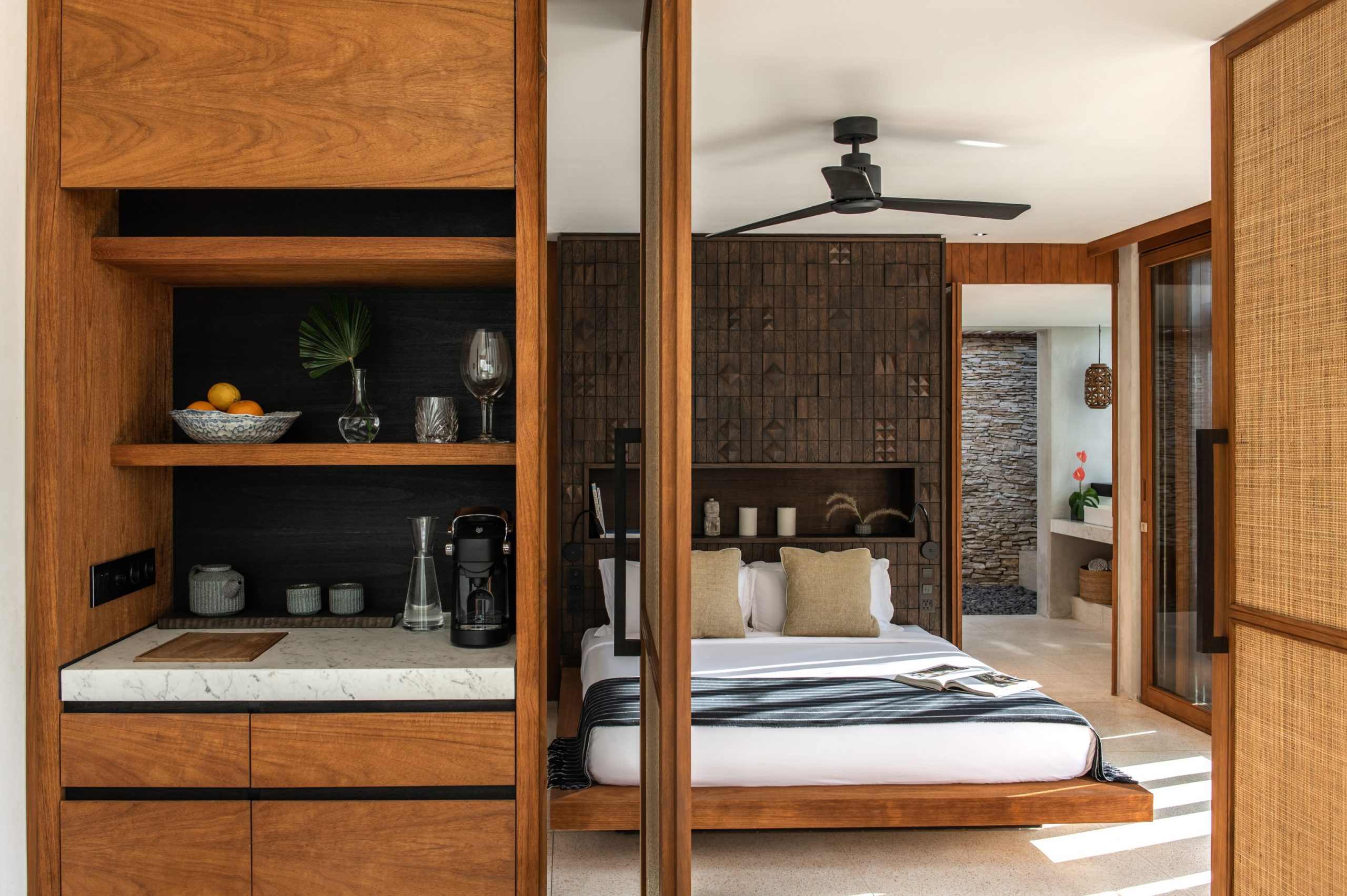
If one has had enough naps by the pool or massage treatments at Malala Spa, the resort is ready with an exciting list of things to do. From exploring the island’s natural beauty to learning more about Sumba’s ancient culture, there is something for everyone including fun activities at Little Explorers Kids Club for the children.
Surfers will enjoy riding the waves of Pero and nearby coasts like Wainyapu and Mbawana. March to October provides the best time for surfing in Sumba. Snorkelling can be done in Kodi while swimming in Waikuri Lake, an azure saltwater lagoon just 10 minutes away from the resort, is a must-do. The lake’s water is naturally replenished through jagged holes underneath the black rocks that separate it from the ocean. Cheerful kids from the neighbouring area would accompany the swim while enticing guests to jump from a wooden diving board amid giggles and splashes.
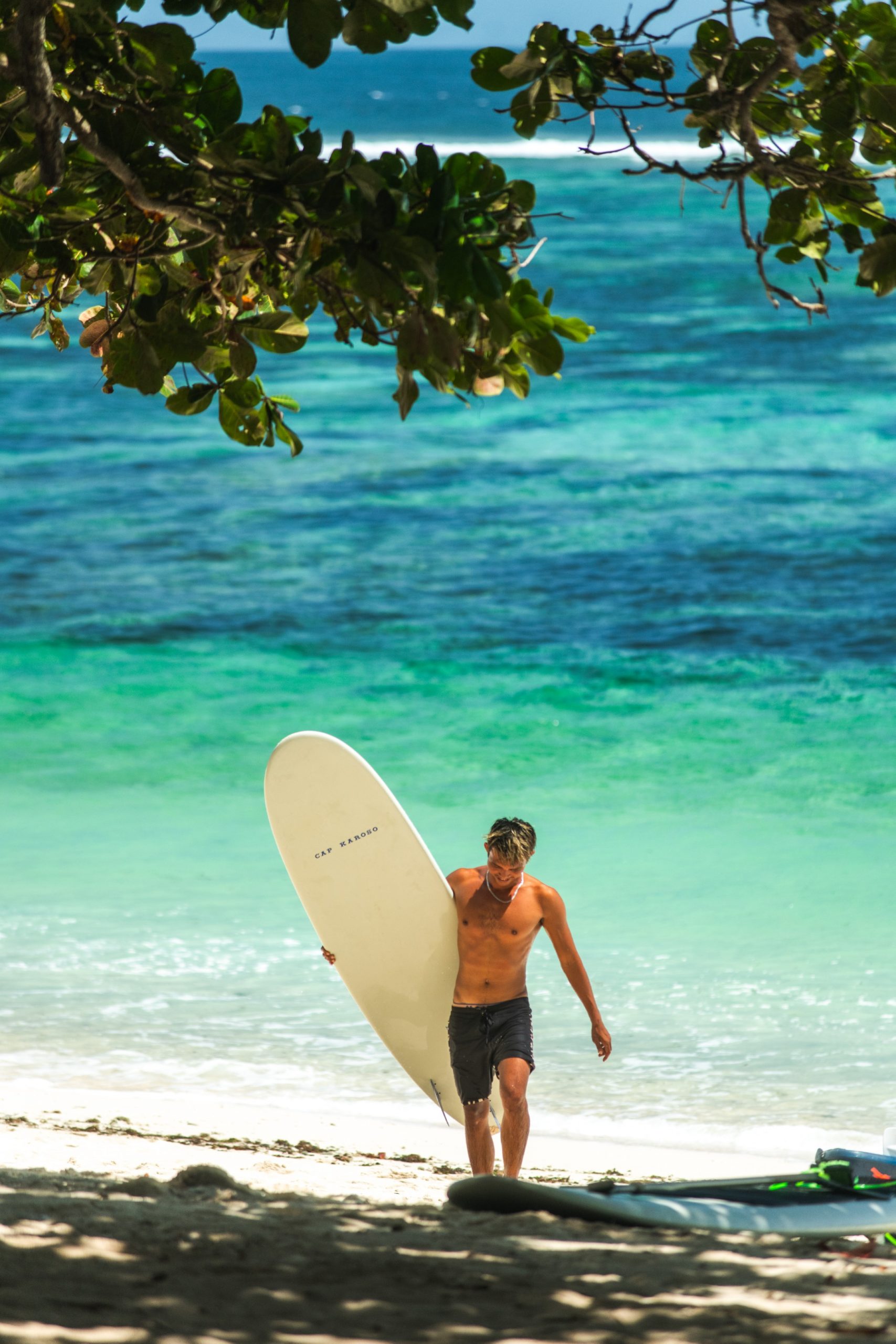
Culturally inclined guests can visit the nearby traditional village which has a cluster of peaked traditional houses. The elders would receive the guests in their raised bamboo-floored house, sharing stories about native plants that only cure Pasola-inflicted wounds and a village leader with several wives over a fresh-picked yellow coconut.
Guests can also learn more about ikat weaving from the talented women of Kodi. From how to dye a thread to how to bind the motifs, mastering ikat weaving is a prerequisite for the Sumbanese women to get a good marriage match. Cap Karoso has selected knowledgeable, locally born-and-raised team members who are the top sources for anything Sumba, to guide the guests in enriching conversations with the locals.
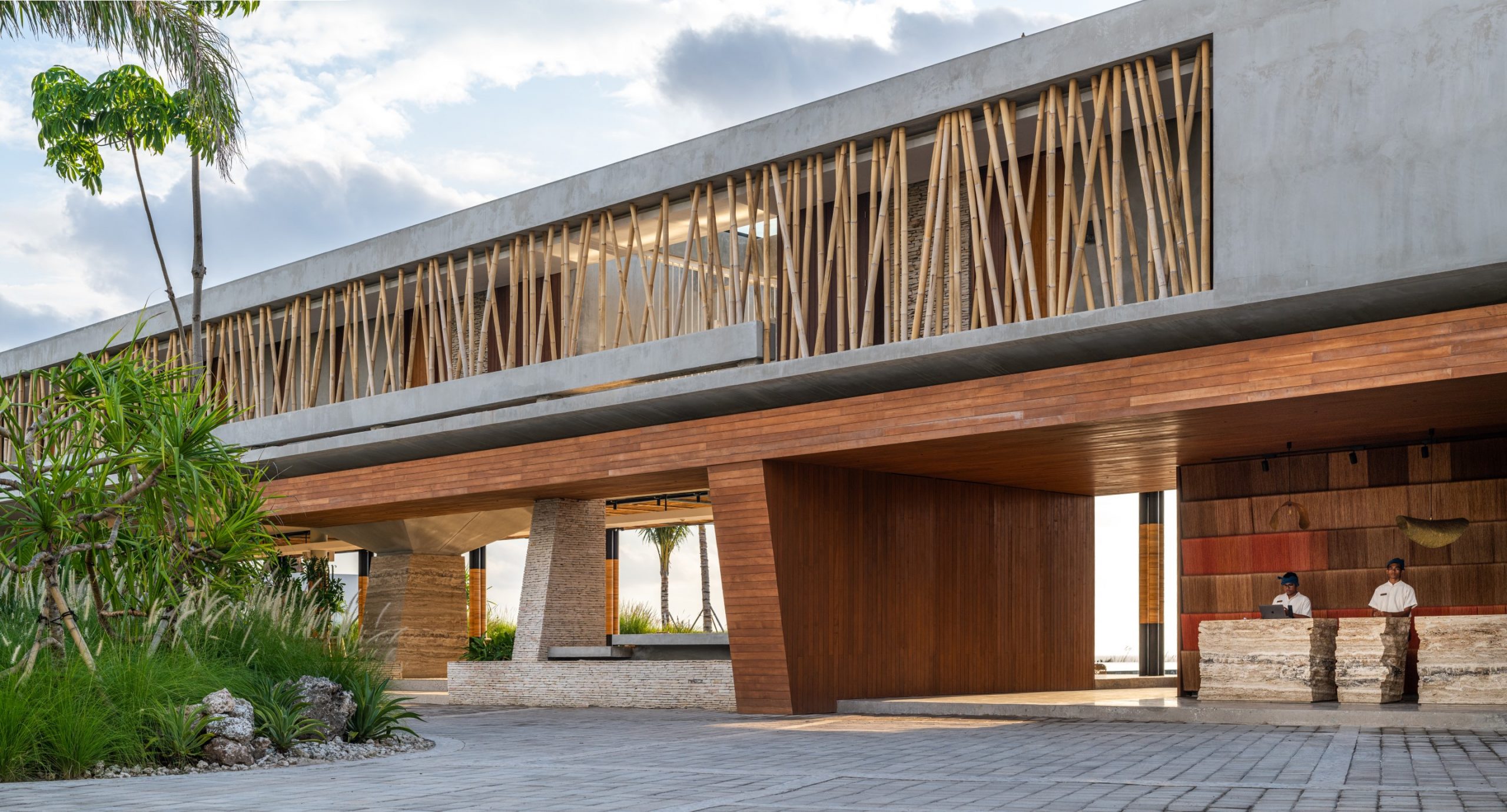
World-class food and drinks
With no other places to eat in the area, Cap Karoso must be exceptional. Helmed by executive chef Antoine LeVacon, who has a Michelin-starred culinary background, the resort’s beachfront dining venue, Beach Club, offers impeccable French-influenced cuisine.

Breakfasts comprise one of the best croissants in eastern Indonesia, while lunches and dinners are vibrantly Mediterranean. Vegetables, fruits, and herbs from the nearby three-hectare permaculture garden are used in Smoked Gazpacho and Sumba Gnocchi with cashew pesto sauce and tomato confit.
Sunsets are best enjoyed from the perch of Apicine, where cocktails by award-winning mixologist Nico de Soto and small bites by global resident chefs can be enjoyed. The Octopus Carpaccio, Cured Fresh Sumba Fish, and Beetroot Tartare paired well with Sandalwood Negroni and Papaya Spritz.
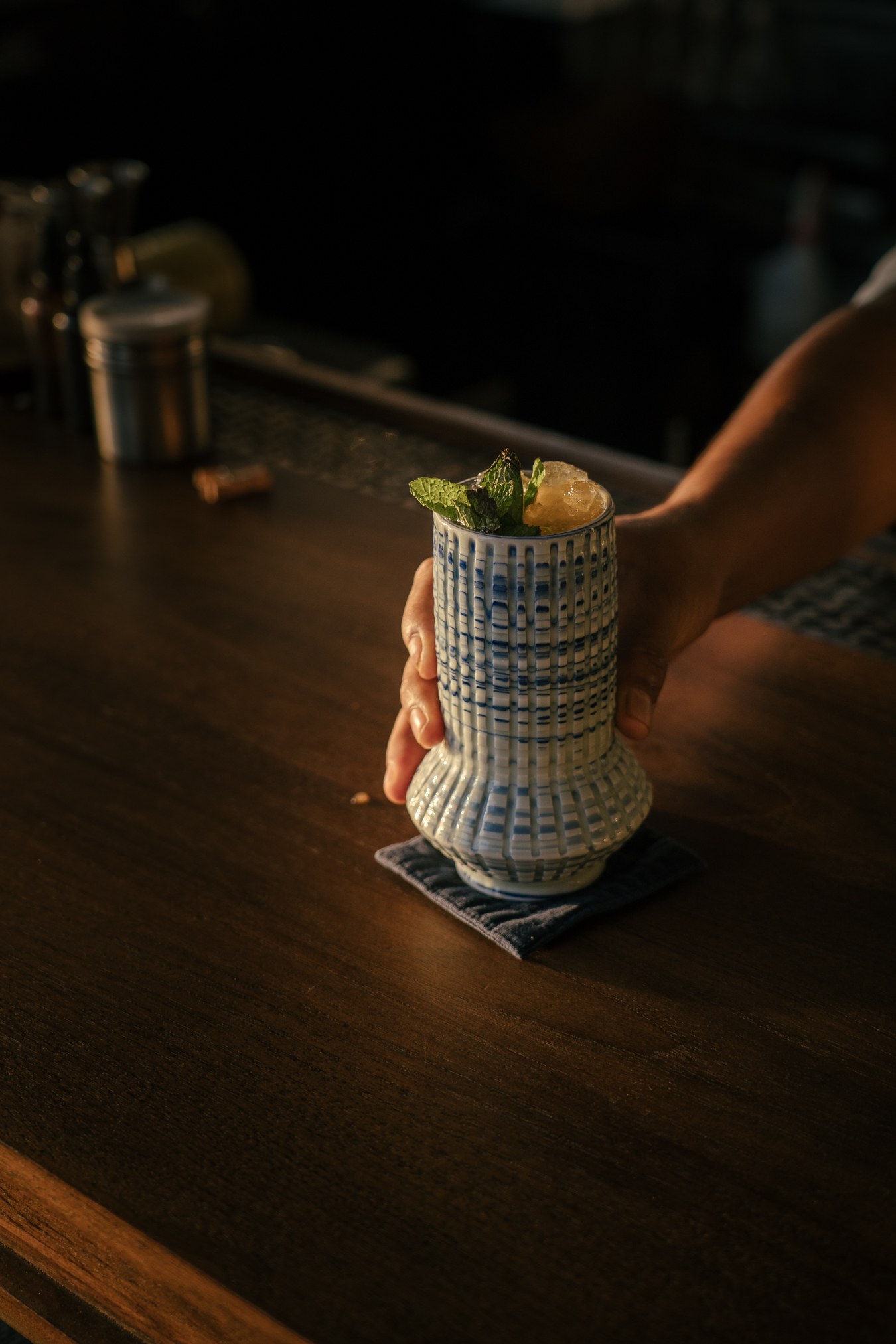
Julang, a communal restaurant featuring world-renowned chefs in residency, is another gastronomy highlight at Cap Karoso. The chefs are tasked with creating unique tasting menus made from fresh produce from the farm and sea for 20 lucky guests per dinner. The Portuguese-native chef Gil Nogueira just finished his second residency, astounding guests with his nature-centric and nose-to-tail cuisine. From a flavourful Green Papaya Escabeche with Swordfish Belly and Zucchini Flower to Duck Breast with Mole and Black Garlic, his love for the island is evident in every bite.
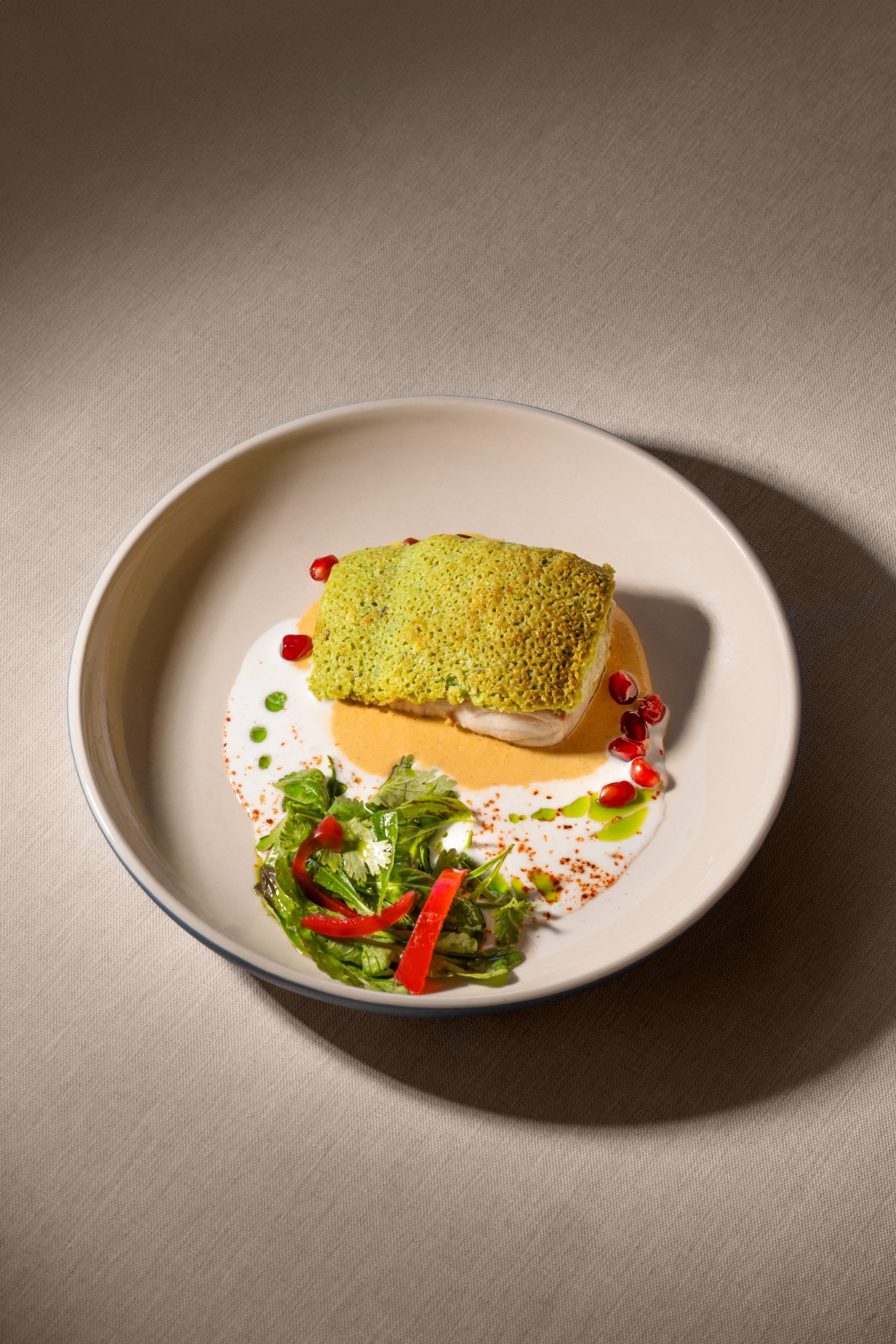
Up next is chef Marine Hervouet, whose experience at Arpège and Table by Bruno Verjus influenced her globally inspired, elegant cuisine. Her residency will last until 16 April, and she will be closely followed by chef Oliver McGeorge in May. Expect French haute cuisine meets farm-to-table produce as he brings his experience working with notable chefs Gérald Passedat and Guy Savoy.
Learn more about Cap Karoso here or contact +62 361 6201 805.
A version of this article first appeared in epicure.


